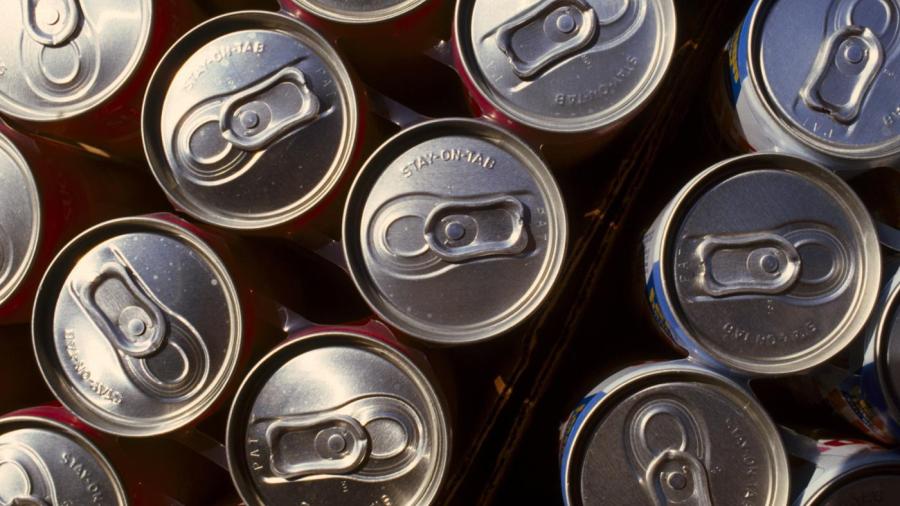How Many Protons and Neutrons Does Aluminum Have?

One atom of aluminum has 13 protons and 14 neutrons. Protons are the positively charged particles in an atom, while neutrons are subatomic particles that have no charge.
It is possible to determine the number of neutrons in an atom by subtracting the number of protons in the atom from the atom’s mass number. On the Periodic Table of the Elements, the atomic weight of an element is listed below that element. Rounding this atomic weight to the nearest whole number yields the element’s mass number.
In the case of aluminum, the mass number is 27. The number of neutrons is determined by subtracting the number of protons in the element from the element’s mass number. There are 13 protons in an atom of aluminum, so the equation would be 27-13=14.
Some atoms of aluminum do not have 14 neutrons. These atoms are called isotopes. Al-26 is an aluminum isotope with a half-life of 730,000 years. Al-28 has a much shorter half-life of 2.3 minutes.
A neutral atom of aluminum also has 13 electrons. Electrons are the negatively charged particles in an atom. A neutral atom has no net charge, so the protons charges and electron charges must cancel each other out. Aluminum has 14 positively charged protons and 14 negatively charged electrons, giving it a net charge of zero.





